How to Easily Tell if Cat Mating Was Successful?
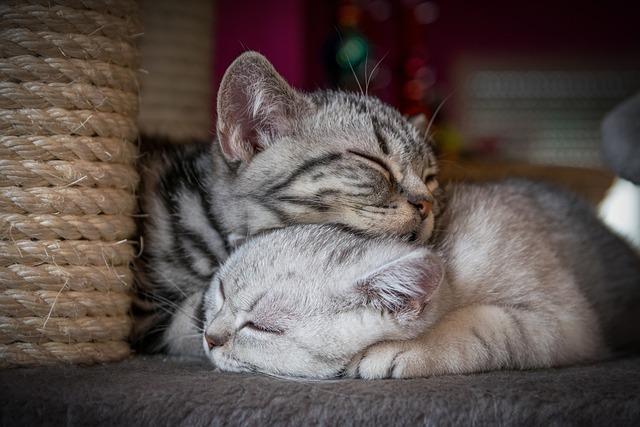
Are you worried that your cat's mating attempts are failing?
Concerned about possible fertility or reproductive issues?
Don't let your dreams of adorable kittens turn into a nightmare 😱.
In this "How to Tell if Cat Mating Was Successful" guide, I Care for Cats has your back.
Let's begin!
Signs of Successful Cat Mating
When it comes to successful cat mating, there are a few key signs to look out for.
These signs can help you determine if mating has been successful or not.
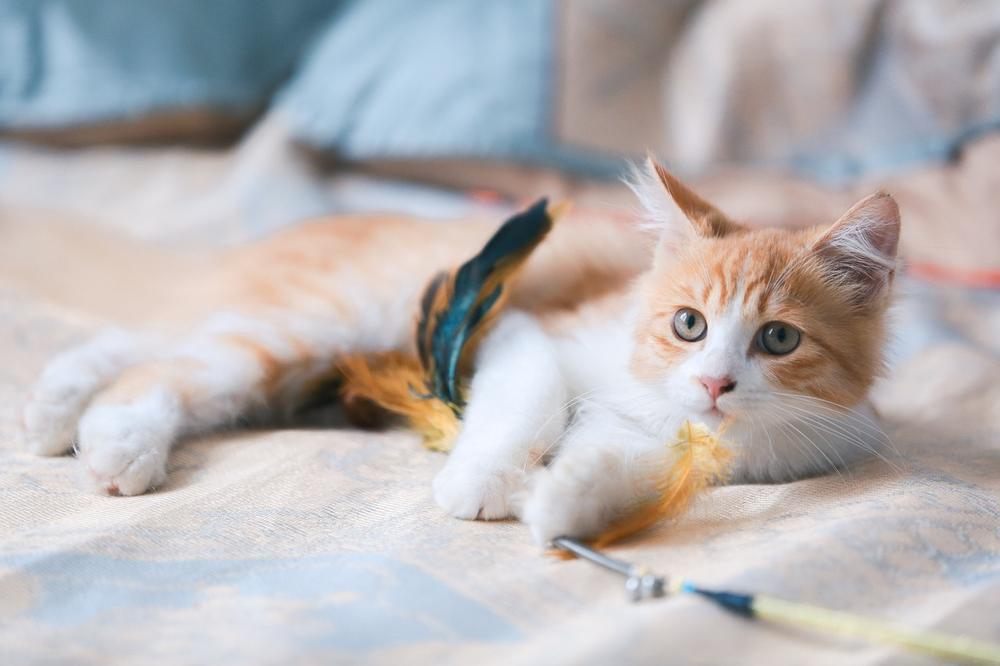
Pay attention to the following indicators:
- Increased territorial marking and scratching: After mating with a female cat, male cats tend to mark their territory more. So if you notice your male cat being extra possessive of his space, it could be a sign of successful mating.
- Passing of estrus: The passing of estrus is an important indication that mating has been successful. Estrus refers to the heat cycle in female cats, and when it ends, it means that mating has likely occurred.
- Early pregnancy symptoms: Look for physical and behavioral changes that suggest early pregnancy. This includes weight gain, nesting behavior, increased affection, and friendliness towards humans.
- Swollen and "pink up" nipples: Around 10-14 days after mating, a female cat's nipples may become swollen and change color to a pinkish hue. This is a clear sign of early pregnancy.
You should note that while these signs can indicate successful mating, they are not definite proof of pregnancy.
Rolling on the ground, for example, does not always mean the cat is pregnant.
To confirm pregnancy, it's best to consult with a veterinarian who can perform tests and provide accurate information.
By keeping an eye out for these indicators, you can have a better understanding of whether or not cat mating has been successful. 😺
Main points I'll expand upon further down this article:
- Mating triggers ovulation, increasing chances of conception.
- Female cats can get pregnant as early as 4 months old.
- Breeding is most successful when cats are fully grown and at least 1 year old.
- Female cats must be in heat at the time of mating to fall pregnant.
- Pregnancy can occur as early as the first heat cycle.
- Signs of increased friendliness and seeking out males indicate a cat's estrus.
- Multiple matings may be necessary for conception.
So, now that we've discussed the signs of successful cat mating, let me share with you some fascinating information...
What Happens During Mating?
During mating, female cats release pheromones that attract male cats. These pheromones increase the chances of successful mating and conception. Male cats have barbs on their private parts that stimulate ovulation and ensure fertilization. It's a fascinating process orchestrated by Mother Nature.
I'm about to give you some juicy details on how you can determine if your cats successfully mated.
It all starts with the powerful pheromones that female cats release. These bad boys really get the male cats' noses going wild.
But here's the thing: these pheromones aren't just for show.
They actually increase the chances of successful mating and, drumroll please...conceiving kittens!
And hold on, because there's more...
When cats mate, it triggers ovulation in the female cat.
Imagine it like pressing the turbo button on the whole baby-making process.
It revs things up and gets everything in motion.
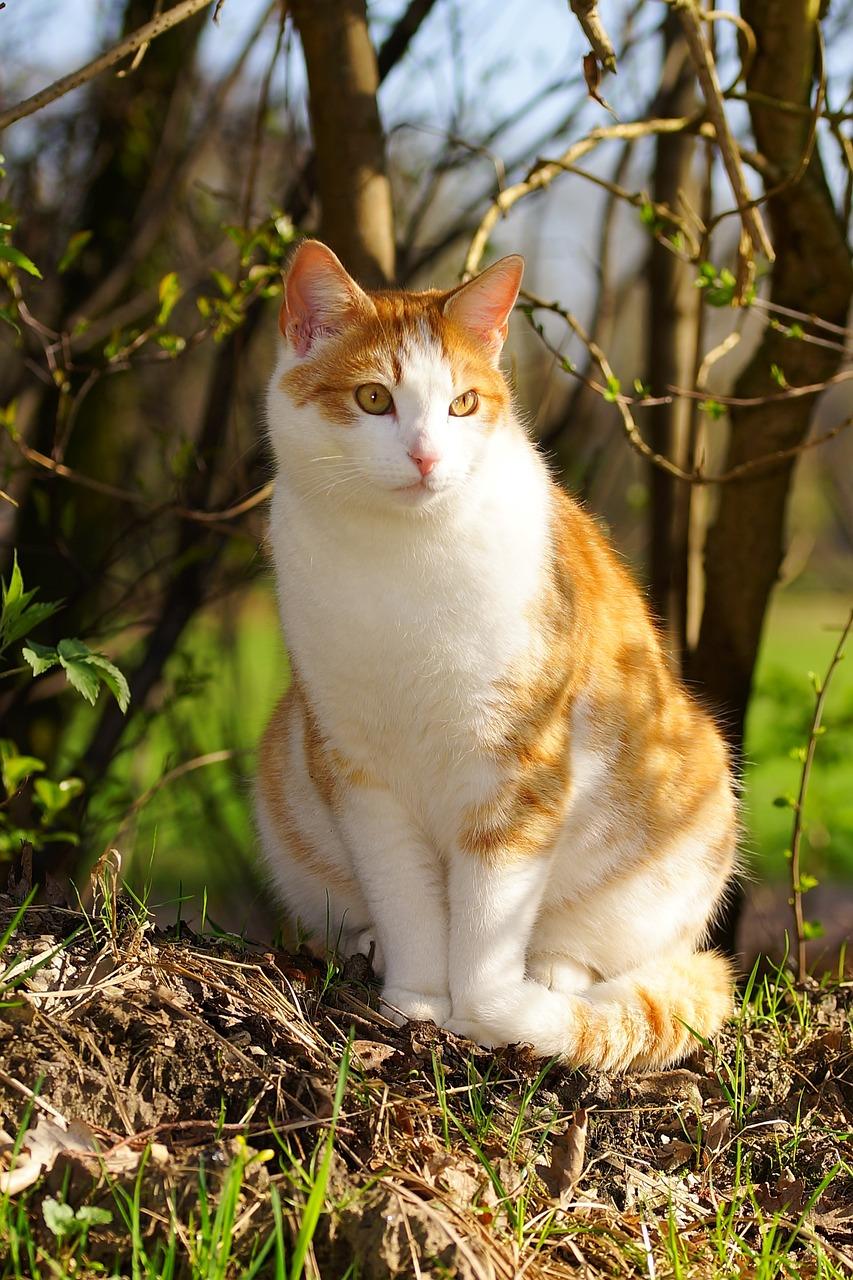
But we're not finished yet...
Now, listen up:
During mating, male cats have a secret weapon - tiny barbs on their private parts.
That's right, it's like a velcro experience in the world of cat romance.
So why the barbs?
Well, they serve a dual purpose.
First, they stimulate that second round of ovulation that ensures there's an egg ready for fertilization.
Second, they ensure everything stays in place until the job is complete.
So, if you've been wondering what goes down when your kitty gets frisky, now you know how Mother Nature handles things.
And let me tell you, it's absolutely fascinating!
Is My Cat Ready to Mate?
Is your cat ready to mate?
Here's what you need to look for:
- Does she make a lot of noise? When female cats are ready to mate, they'll meow or wail loudly and persistently.
- Has she reached sexual maturity? Female cats can get pregnant as early as 4 months old, but it's best to wait until they're at least 4-6 months old.
- How old and heavy is she? The most successful breeding happens when female cats are fully grown, around 1 year old, and weigh at least 5 pounds. They need to be physically mature before mating.
- Is she showing heat behavior? Female cats have to be in heat to get pregnant, so watch out for any strange behaviors or calls that indicate she's receptive to mating.
- What's her mating age? Most cats can start mating at around 18 months old, although some breeds may take longer to sexually mature.
- Do you know the names for intact cats? It's important to remember that both male and female cats have specific names when they haven't been spayed or neutered.
Keep a close eye on your cat's behavior and talk to a vet before deciding to breed.
And now that you have determined if your cat is ready to mate, let's dive into the fascinating world of cat reproduction!
Did you know that female cats ovulate within 24-48 hours after mating?
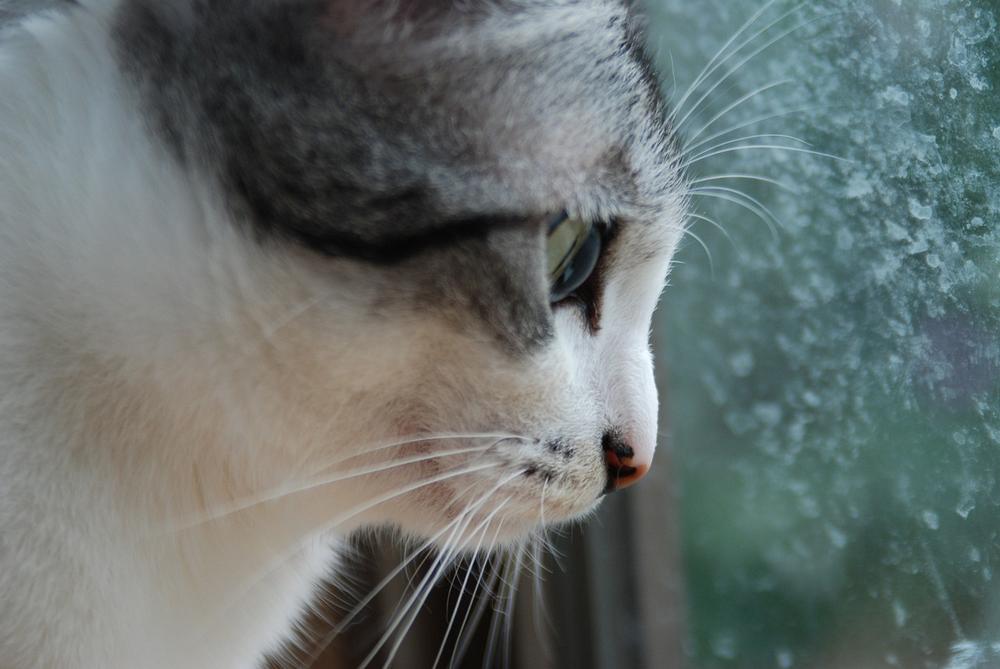
This means that successful conception can occur as early as their first heat.
But wait, there's more. The heat cycle in cats can last from 2-19 days and occurs every 12-25 days.
So, what happens during this crucial time?
Stay tuned to find out how timing and multiple matings play a role in increasing the chances of pregnancy in your feline friend.
Here's what you need to know!
When Does My Cat Ovulate?
| Cat Behavior | Significance |
|---|---|
| Increased Vocalization | Female cats may exhibit increased vocalization during their heat cycle, indicating they are ready to mate. |
| Flirtatious Behaviors | Female cats may display flirtatious behaviors such as rubbing against objects, rolling on the floor, and adopting a mating posture to attract a male. |
| Accepting Male's Advances | If a female cat allows a male to approach her without aggression and assumes a mating position, it suggests she is ready for mating. |
| Licking and Grooming | Female cats may groom themselves excessively, paying extra attention to their genital area before and after mating. |
| Tail Position | A female cat in heat may hold her tail to the side or raise it in a vertical position when approached by a male. |
| Increase in Urine Marking | Female cats in heat may mark their territory by spraying urine more frequently than usual. |
| Directed Vocalization | During mating, the female cat may emit specific vocalizations to communicate with the male. |
| Thickening of the Uterine Wall | Following successful mating, the uterine wall of the female cat may exhibit thickening as a sign of potential pregnancy. |
| Nesting Behaviors | If a female cat starts showing nesting behaviors, such as searching for secluded areas or creating a cozy spot, it indicates she may be pregnant. |
| Nipple Development | As pregnancy progresses, the female cat's nipples may become more prominent and develop a pinkish color. |
So, you're wondering when exactly your cat ovulates, huh?
Well, let me tell you all about it!
Female cats typically ovulate within 24-48 hours after mating, and get this - they can mate as early as their first heat.
Now, listen to this...
The heat cycle in cats happens every 12-25 days, and it can last anywhere from 2 to a whopping 19 days. Talk about variability, right?
And here's the deal...
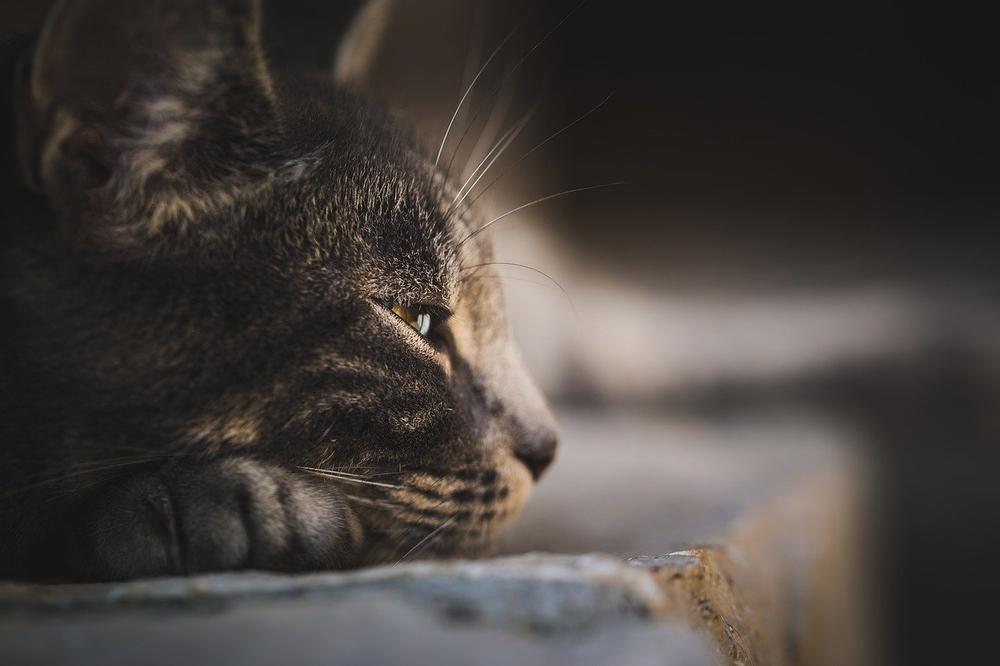
Ovulation is triggered during mating, which means that's the magic moment when successful conception can happen. So if you want your cat to have kittens, that's the time to make it count.
Oh, and there's something important to note:
The more matings your cat has during this period, the higher her chances of getting pregnant.
So, if mama cat wants to be a grandma, she better keep busy during her fertile window.
With these insights into your cat's ovulation, you'll be ready to plan ahead and make sure everything goes smoothly.
And here's even more to look out for... As I mentioned earlier, female cats ovulate within 24-48 hours after mating.
But how can you tell if your cat is ready to mate?
Well, there are a few physical signs to watch for during her heat cycle...
What Is Estrus?
When female cats are in heat, they go through some physical and behavioral changes.
Here's what you need to know:
- The vulva of a cat becomes bigger and redder.
- It's like a menstrual cycle for humans, with hormonal changes happening inside the cat's body.
- Besides the physical signs, the cat might become friendlier and more affectionate towards you, seeking your attention.
- The cat may also make vocalizations and spray to mark their territory.
- Cats in heat have a strong desire to mate and will actively seek out male cats.
- Remember, while the estrus cycle is necessary for pregnancy, it's crucial to avoid excessive breeding to protect the cat's health.
Knowing these signs will help you take care of your cat during their estrus cycle.
But determining if cat mating was successful can be a complex process, as various factors influence conception and the potential for pregnancy.
Let me explain further.
The Outcome of Mating and Conception
Simply because cats engage in mating doesn't guarantee that they will produce offspring.
You must note that not every mating session leads to pregnancy.
There are various factors at play here.
One of the key considerations is timing. If a female cat is not in the appropriate phase of her heat cycle, she may not be fertile and unable to conceive.
Fertility is also a crucial factor.
Some cats possess lower fertility levels, meaning successful mating may not result in fertilization.
Additionally, the all in all health condition of the cat should be taken into account.
If the cat is not in good shape, it can decrease the likelihood of conception.
But hold on, there's more.
Cats have interesting mating behaviors that set them apart from other animals.
For instance, multiple matings might be necessary for successful conception.
This implies that even if a cat mates once successfully, she may need to mate again to become pregnant.
Furthermore, kittens from the same litter can have different fathers, which is known as superfecundation.
So essentially, a mother cat can have liaisons with multiple partners during her heat period and end up with a diverse litter of offspring.
Unlike humans, cats are more inclined to conceive after mating.
Their heat cycles make them more receptive to pregnancy.
In fact, just one successful mating carries a high chance of resulting in adorable kittens.
Even mother cats who are currently nursing a litter can become pregnant again.
They seem to be super-ovulators or something!
If mating does not lead to pregnancy, it is not uncommon to see your cat going back into heat every 10 days to 3 weeks.
Cats have a fascinating mechanism called induced ovulation, which means that frequent mating increases the chances of getting pregnant.
Therefore, while mating does not always guarantee conception, it certainly amplifies the odds.
And I must mention an interesting fact that aligns with the topic at hand - the eye color of black cats.
If you've ever wondered about what colors their eyes usually are or if it's true that they have yellow eyes, then I've got just the information for you.
Check out my article Eye Color of Black Cats to satisfy your curiosity and learn more about this fascinating aspect of our feline friends.
How Many Times Does a Cat Have to Mate to Get Pregnant?
The mating behavior of unspayed female cats is fascinating.
They are induced ovulators, meaning that a single successful mating has a high chance of leading to pregnancy.
However, if they mate multiple times during their heat cycle, the chances of conception increase significantly.
It's quite remarkable how nature ensures the continuation of the feline species. So, if you have an unspayed female cat and you're hoping for kittens, allowing her to mate with multiple male cats may greatly enhance her chances of becoming pregnant.
Just another intriguing aspect of the animal kingdom!
Tips on Caring for a Pregnant Cat

When caring for a pregnant cat, there are some important tips to please keep in mind:
- Provide a quiet and comfortable nesting box filled with soft bedding materials to create a cozy space for resting and giving birth.
- Be attentive to physical and behavioral changes after mating, such as increased sleep, mood fluctuations, reduced energy, greater appetite, heightened levels of affection, and nesting behaviors. These are all normal signs of pregnancy.
- Look out for visible signs of pregnancy, including increased appetite, morning sickness, weight gain, expanding abdomen, enlarged pink nipples, and progressive abdominal growth. These signs indicate that your cat is indeed pregnant.
- To confirm the pregnancy, it's best to consult a veterinarian and consider getting an ultrasound. This will provide more accurate information about the number of kittens and their development.
- Throughout the pregnancy, regular veterinary care and advice are crucial to ensure the health and well-being of both the mother cat and her kittens.
- It is highly recommended to spay cats between four and six months old to prevent unwanted pregnancies and potential health issues in the future.
- Lastly, it's important to separate nursing mothers from mature males to avoid unintended pregnancies and to prioritize the safety and health of both the cat and her kittens.
When you adhere to these suggestions, you can offer the optimal care for your expectant feline.
And that wraps up today's article.
Before you leave, I want to ask you something: Did my blog post help? If it did, I would be incredibly grateful if you could share it with your friends and family. Just click on any of the social media sharing icons to instantly spread the word. Thank you so much!
Talk soon,
-Sarah Davis